Interview: Yuhei Sakuragi
April 24, 2021 · 0 comments
By Andrew Osmond.
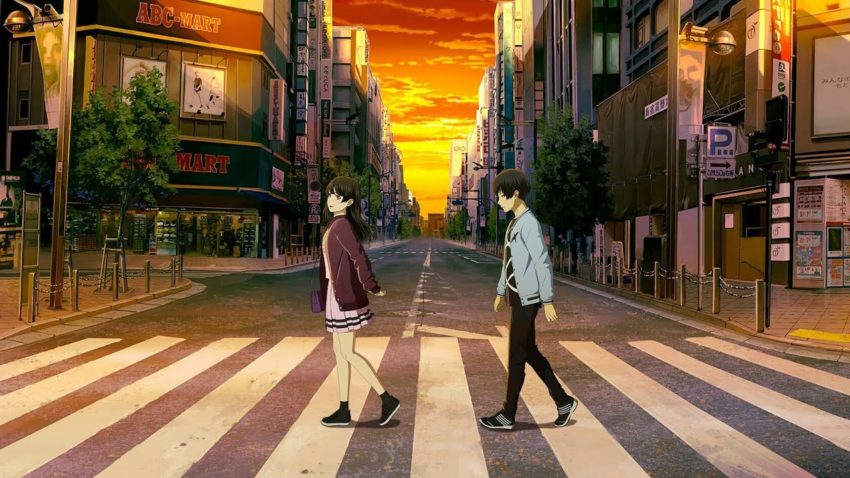
The film The Relative Worlds may be made in CGI, but otherwise it’s a traditional SF anime adventure. Two ordinary present-day teenagers find themselves at the centre of a war involving an “alternative” Japan, whose leaders plan to invade our reality. At first there are just a few strangers on the streets, including a pair of lethal fighting girl androids. Later, though, the action ramps all the way up to city-destroying proportions.
Following Relative Worlds’ cinema release in Japan in January 2019, it had its British premiere in Glasgow as part of October’s Scotland Loves Anime event. Director Yuhei Sakuragi travelled all the way from Japan to be there, taking questions about his film and his wider career in CGI.
You have worked in CG in anime for many years. How much do you think the quality of CG in anime has improved since you started working in it?
In terms of the quality, it hasn’t changed all that much, actually. But the overall impression is that there are more people capable of creating CG animation. Another thing is the way it was made. Previously it was all trial and error, whereas now there’s a certain type of formula that’s emerging, slightly.
Shoji Kawamori, one of the creators of Macross, suggested in an interview that using hand-drawn pictures to create anime would become increasingly rare, and that it would be almost completely gone in ten or twenty years. Do you agree with him?
Personally, I don’t think it’s going to be extinct. If we go back to the fundamental aspects of animation, CG and hand-drawn animation are two different games, better suited to different purposes. So I don’t think CG could simply replace hand-drawn anime.
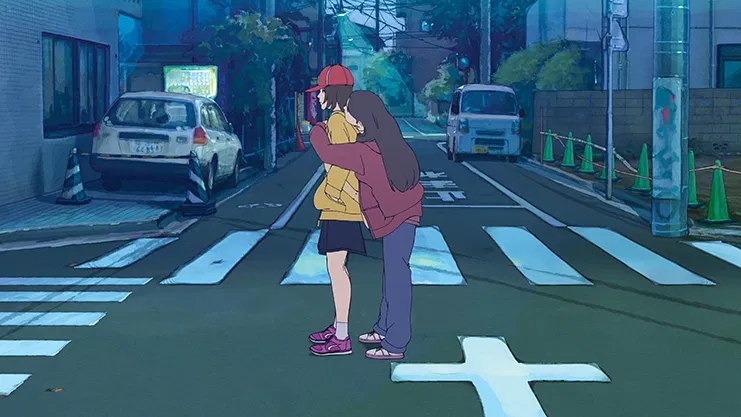
Many British anime fans love the film The Case of Hana and Alice, on which you worked as CG director. I thought of it as a rotoscoped film, but how was CG was used in the film?
Originally, when the film was conceived, they were thinking of making it a CG film rather than a rotoscoped film. Therefore the [main] characters were made in CG. [The CG models in Hana and Alice were overlaid on live-action film of real actors and followed their movements, without the actors having to wear “motion capture” sensors. According to the film’s director Shunji Iwai, 70% of the main characters’ animation used CG models, and 30% used traditional rotoscoping – tracing the characters from live-action.] But all the smaller characters, the crowd-scene characters, which were more time-consuming to model, were made with rotoscoping.
According to one report, you worked with Hayao Miyazaki on the CG short film Boro the Caterpillar. Miyazaki has a frightening reputation, and many fans have seen a video clip of him watching a CG animation created by artificial intelligence and becoming furious, calling it an “insult” to life. How would you describe Miyazaki’s attitude to CG animation when you worked with him?
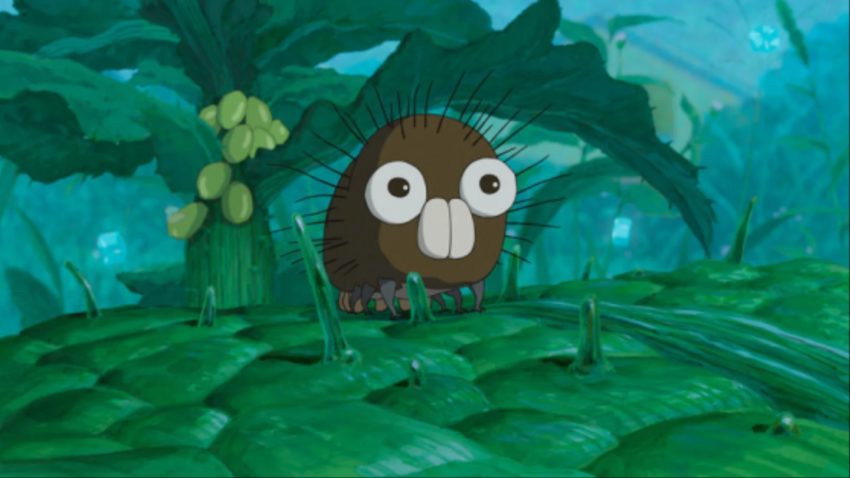
Hayao Miyazaki is actually a very caring soul; he pays great attention to everyone around him. When he’s on camera in a “Making of” film, I think there is a part of him that portrays a quite strict persona. However, with that particular incident you are referring to, I think he was genuinely angry.
But he’s a genuinely lovely soul, and for the CG animation on Boro, he actually came closer to us rather than the other way round. I think because he was the one who said, “I want to create this in CG,”because he probably couldn’t just make it the old way, he really did try and listen to us, and consider the procedure in that way.
There was a report that Relative Worlds was created with the help of “automated deep learning technology.”
Yes, we used this technology for two aspects of the film, to create the crowd-scene characters and in designing the Armatic creatures. It was the first time we used this technology, so we weren’t quite sure what it was capable of. But we really focused on the automated elements, to see if the “mass” characters could be automated and move “by themselves”.
Another reason why we used this technology was to see what the machine learning could do, in terms of designing, which humans couldn’t do.
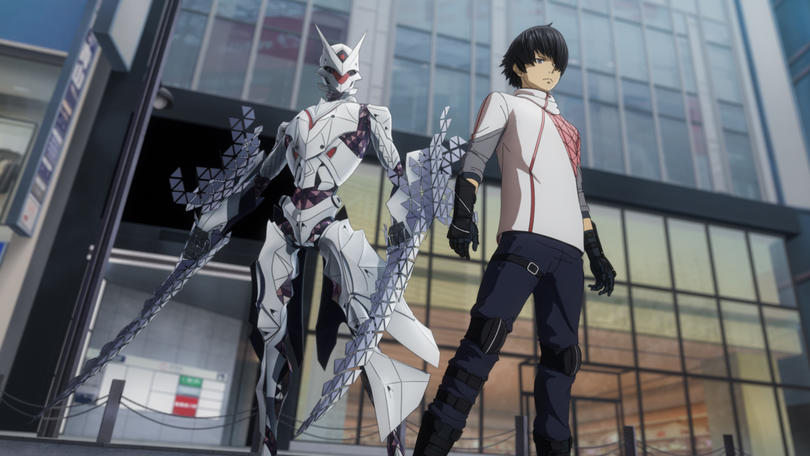
Were the results what you hoped for?
The impression that I got was: if you’re aiming to have a hundred per cent finished product just with deep learning, then you would struggle. The conclusion was that you should probably aim for 50 or 60 per cent of completion, then shape it with human hands afterwards.
Also, in terms of using deep learning for design work, what do you give the system at the beginning to start the process?
At present, the “deep learning” needs teaching materials to study what we’re looking for, in order to create. Gathering the sample materials is very time-consuming and costly, so at this stage, it’s not very viable. But maybe after a long period of “studying,” it could be very useful.
Initally we were thinking of using the technology for the backgrounds – I was thinking, if I create a rough background, could the technology shape it into the final product? But we were told that in order for the technology to do that, we’d have to present it with at least a hundred thousand sets of roughs taken to completion. But if we had a hundred thousand sets, the anime would be completed.
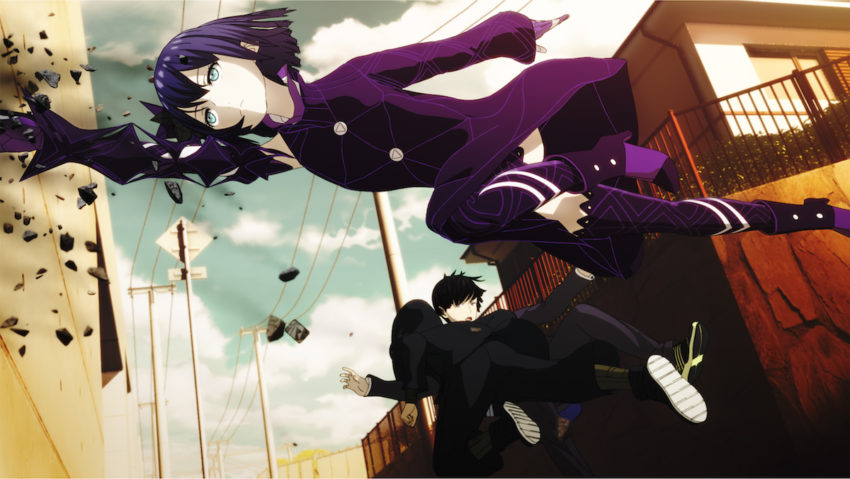
There are many science-fiction stories that use the idea of parallel worlds, but do you have a particular favourite parallel world story yourself?
It’s not anime, but the one I can think of Shunji Iwai’s film Fireworks. [This was a live-action 1993 TV film; more than two decades later it was adapted as an anime film also called Fireworks, available from Anime Limited.] I watched it as a child and it was very mesmerising.
Some of the big battle scenes in Relative Worlds seem very similar to the fights in “tokusatsu” Japanese action series. Are you a tokusatsu fan?
No, I wouldn’t say I was a fan. Somebody like Hideaki Anno wouldn’t approve of my level of appreciation of tokusatsu.
The contrasting characters are often shown in either red or blue. Was this a reference to the fable of the red and blue ogres, or done for a different reason?
The colours were actually decided on the basis of traditional anime such as Gundam.
There’s a sub-plot in Relative Worlds about the protagonist Shin resenting his father for always being immersed in his work. Later Shin realizes that he misunderstood why his father was doing this. Was there a particular reason why you included this subplot?
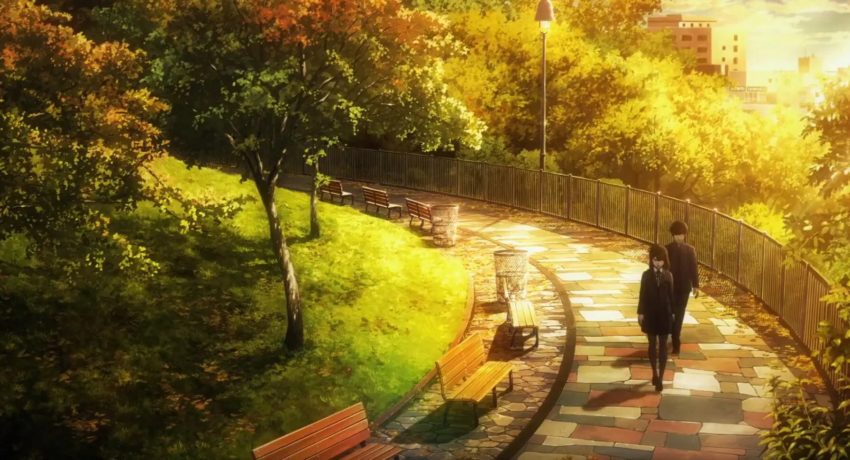
One thing related to that is a lot of the team working on the film were fathers, so they wanted to put that into it.
Many Western fans watching Relative Worlds will be reminded of the original Terminator film. Was it a conscious influence?
We realised that our film’s story was slightly mirroring The Terminator while we were making it. After we realized, we started to look at Terminator a little bit.
Relative Worlds reportedly has links to a two-part anime that was released on Hulu Japan in 2017. Was this anime an earlier version of Relative Worlds?
That two-part anime was the prototype of the film. Hulu commissioned the two episodes; we took them on, initially thinking they should be the complete story. But we developed six different short stories within that plot; we completed two, but hoped the anime would be extended to include the others. Then the next commission we got was a cinema release, so the company’s decision was we should use those plots from the four remaining stories in the film.
According to one report, the story of the earlier anime is similar to Relative Worlds but with differences.
[The following answer has a big spoiler for the film.] It’s a similar story, but the characters are completely different. The original six parts would have ended with Kotori [Shin’s female classmate] dying, so it was a lot darker. But when we were discussing the cinema film, we thought we should look for a more “resolved” ending.
Relative Worlds will be released in the UK by Anime Limited. It is streaming from 25th April to 25th May as part of this month’s Screen Anime.
Leave a Reply